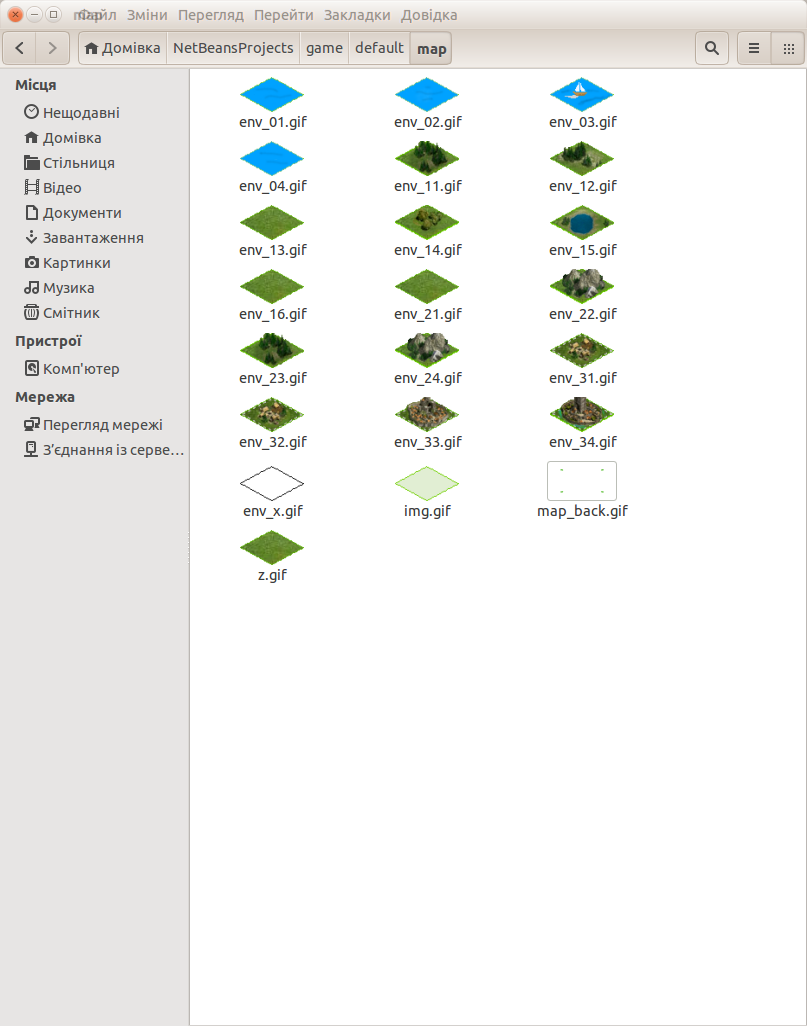Answer the question
In order to leave comments, you need to log in
How to generate normal rivers with Perlin noise?
Good afternoon!
Please tell me there is a code like this:
$e = $p->noise2D($x / 10, $y / 10);
if ($e < 0) {
imagesetpixel($image, $x, $y, $blue);
} else {
imagesetpixel($image, $x, $y, $green);
}

Answer the question
In order to leave comments, you need to log in
A popular way is to build a height map, select one of the points in the mountains as a source, and then use the pathfinder to go down the height map while drawing the path of the river.
www-cs-students.stanford.edu/~amitp/game-programmi...
Necessarily with noise > No, not necessarily
Didn't find what you were looking for?
Ask your questionAsk a Question
731 491 924 answers to any question